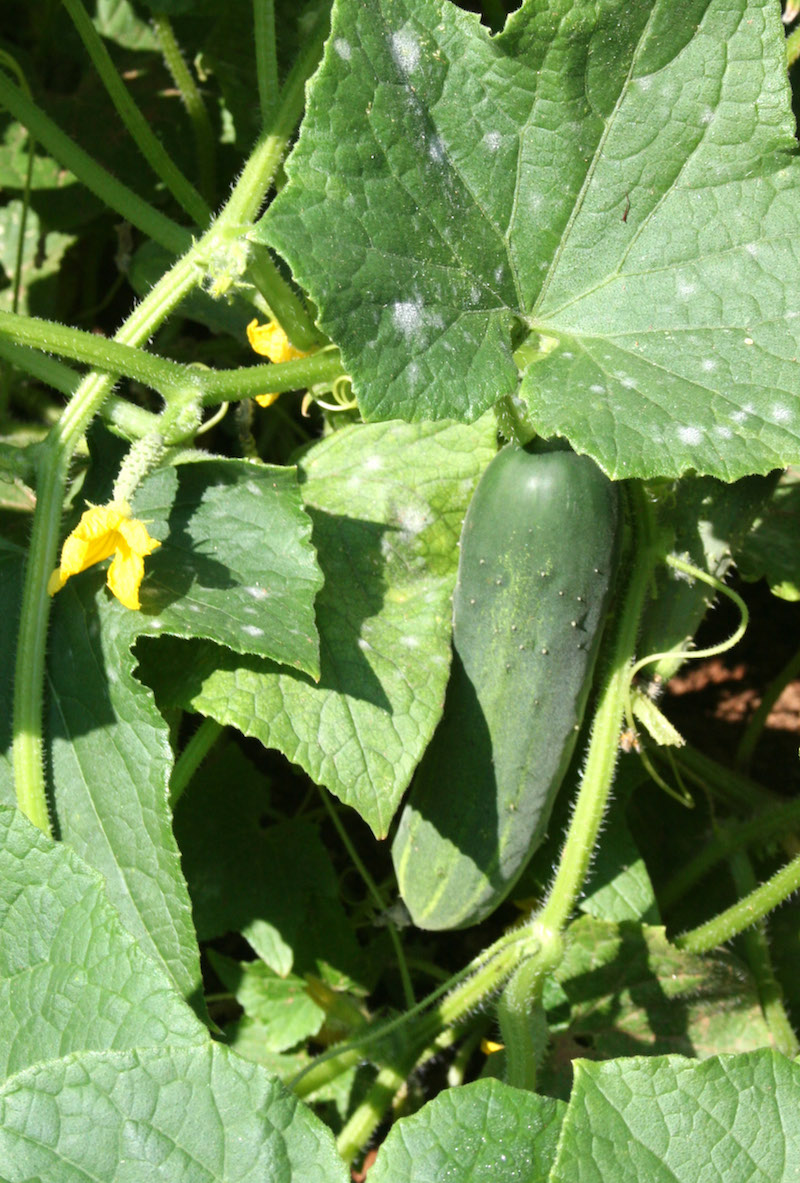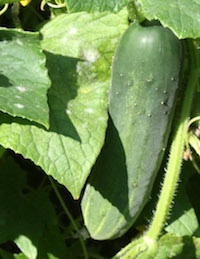Green beans are, hands down, my favorite garden vegetable. I could eat them every day of the week and never grow weary of them. Sautéed, boiled, roasted or pickled, I am ready. Canning green beans, however, is not my favorite task.
Every year, I can and freeze produce, but I have learned through experience that I just don’t enjoy canning green beans. Harvesttime always seems to fall when it’s just not practical to spend hours in the kitchen preserving produce. So, instead of planting beds of green beans and having an unmanageable overabundance, I do succession plantings so that I have smaller harvests for a longer period of time.
“Succession planting” simply means you plant vegetables continuously throughout the season. It can also refer to planting the same crop, such as my green beans, at intervals throughout the planting season.
Planting this way ensures that, as older plants mature and end their production cycle, new ones start to produce. This practice extends the harvest window and ensures the availability of produce at the peak of production throughout the growing season.
Farmers regularly use this practice, but it can be a useful tool for home gardeners, too. It is especially useful if you prioritize eating fresh vegetables rather than preserving them.
For spring and fall gardens, most greens and root vegetables are good candidates for succession planting. For summer gardens, green beans, squash, zucchini, cucumber and corn are appropriate.
You can also use succession planting with annual flowers, such as sunflowers, to make sure you have beautiful blooms from spring to fall. Two weeks throughout the planting season makes for a good planting interval for most crops. For vegetables like green beans that can be planted in the spring and fall, this is a double win and can add weeks to your production times.
Another way to achieve a staggered harvest is to plant varieties with different maturing times. There are numerous varieties available for each vegetable. Many vegetables have early-producing varieties in addition to the old standbys. By planting several varieties that mature over different time spans, you can enjoy the subtle difference in flavor between varieties and have a longer season. Just check seed packets or seed catalogs for average days to maturity to select varieties that will work for you.
Succession planting also refers to planting a sequence of different plants within the growing season. For example, if you plant lettuce for early spring, follow it with sweet potatoes in the same space after the lettuce is finished. Once the sweet potatoes are harvested, plant spinach. You will plant three crops where most gardeners plant one.
Wise use of available space is essential, especially in small gardens. Planning your garden will help you take advantage of available space at planting and throughout the growing season and will ensure your garden stays bountiful from spring to summer to fall. Who doesn’t get a thrill from making a color-coded vegetable planting chart and map for each season?
As we enter into the planting season, keep succession planting in mind as a technique to keep your kitchen stocked with your garden favorites.
If you have questions about succession planting or vegetable gardening, visit the University of Georgia Cooperative Extension publication website at www.extension.uga.edu/publications.








